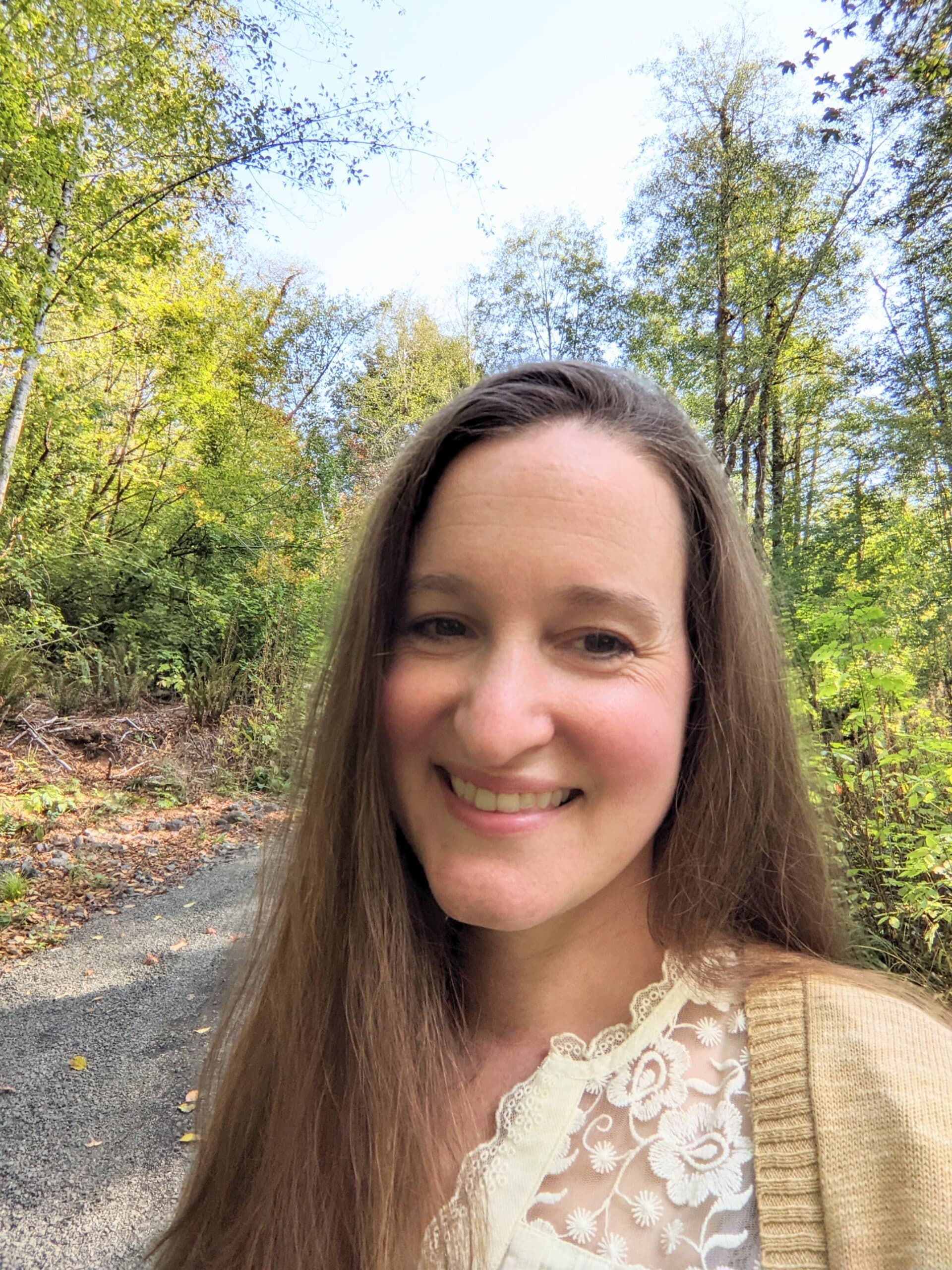
The Importance of Disruptions
Disruption is the unexpected twist that challenges characters and propels the narrative forward. It’s the jolt that transforms a routine situation into a moment of conflict or revelation. This post delves into the use of disruptions in scene structure, exploring how it can upend expectations and add depth to your narrative. Discover techniques to introduce disruptions that surprise your audience and deepen the story’s impact, making each scene a pivotal moment in your narrative journey.
Why Is a Disruption in a Scene Important?
Imagine a story where the main character sets a goal and reaches it with no complications or setbacks. Not very interesting, right? This is where disrupting the goal comes into play. It introduces unexpected elements into the story, keeping readers engaged and invested in your characters’ journeys.
Disrupting the goal with those unexpected elements shakes things up. It forces characters to confront adversity, evolve, and show resilience. This evolution makes characters relatable, complex, and human. So, adding a disruption in your scene structure gives readers a fresh perspective, shifts their expectations, and keeps them wondering what will happen next.
For example, there is a scene where a character has a goal of completing a proposal for a promotion. A sudden emergency meeting disrupts that goal, and they are faced with a choice: continue working on the proposal or help with the crisis at hand, which also holds potential for their career. That one disruption leads to a choice the character needs to make that will trigger a series of events that lead to a much larger and more intriguing narrative. If that disruption had not happened, the scene would have continued with the character writing a proposal, which would have been boring without the disruption.
Remember, your scene’s goal is not set in stone. It’s a dynamic part of your narrative structure that, when altered effectively, infuses the story with conflict, suspense, and tension, three cornerstones of a compelling scene.
Techniques for Introducing Disruptions in Your Scene Structure
There are two methods for introducing changes that disrupt the initial goal of a scene and stir up conflict and tension—internal events and external events.
Internal Events:
Character’s Internal Conflict: One of the ways to alter a goal and produce tension is through the character’s internal conflict. This could involve a moral dilemma, conflicting desires, or a clash between their wants and needs. This internal turmoil can compel characters to reconsider their original goals, leading to dramatic shifts in the narrative.
Change in Character’s Circumstances: Shifts in a character’s personal life can also create internal disruptions and alter goals. This could be a relationship change, a new responsibility, or a personal revelation. These shifts push your characters to reassess their priorities, igniting internal conflict and tension.
External Events:
An Opposing Character: Bringing a character into the scene who disrupts the protagonist’s progress toward their goal is a straightforward way to create conflict. This new character could embody opposing viewpoints or pose a direct threat, leading to tension and unexpected narrative turns.
Unexpected Events or Plot Twists: Events like natural disasters, sudden illnesses, or unexpected revelations serve as plot twists that can disrupt a goal and create tension. These plot twists introduce an element of surprise and redirect the story’s path.
The examples above only scratch the surface of the myriad ways to use disruption in your scene structure. This is the beauty and complexity of storytelling. As you continue to analyze scenes, you’ll inevitably uncover additional methods.
As you refine your scenes, consider how these internal and external events can introduce changes and disrupt your characters’ initial goals. Remember that balance is essential. Too many disruptions can confuse readers, while too few may produce a predictable story.
Common Questions about Disruption in Scene Structure
Can disruptions be minor?
Yes, disruptions can be minor. Not every disruption needs to be a dramatic, life-changing event. Sometimes, smaller disruptions can be just as effective in driving the story forward.
Can disruptions be internal and external at the same time?
Absolutely! Disruptions can be internal (related to a character’s emotions, beliefs, etc.) and external (outside forces, like other characters or circumstances). This can add complexity and depth to your scene.
Is it possible to write a scene without a clear disruption?
While it is possible, a scene without a clear goal or disruption may lack direction and conflict. These elements add tension and keep readers engaged, but there might be times when an introspective or atmospheric scene may not strictly adhere to these principles. Just try not to have too many of them.
How to Use Disruption in Your Scene Structure Conclusion
To wrap up, disruptions in your scenes serve as the catalysts that challenge characters and invigorate your narrative. They transform routine into conflict, familiarity into surprise, and bring depth to your storytelling. Embrace the art of creating disruptions. This skill is key to keeping your audience captivated, turning each scene into a pivotal moment that propels your story forward with renewed energy and intrigue.
Want to see the power of disruption? Subscribe to my newsletter below for a special exercise on spotting disruptions in the first chapter of ‘Harry Potter and the Sorcerer’s Stone.’ You’ll also receive a bonus chapter analysis and a handy scene structure checklist for your writing projects.


